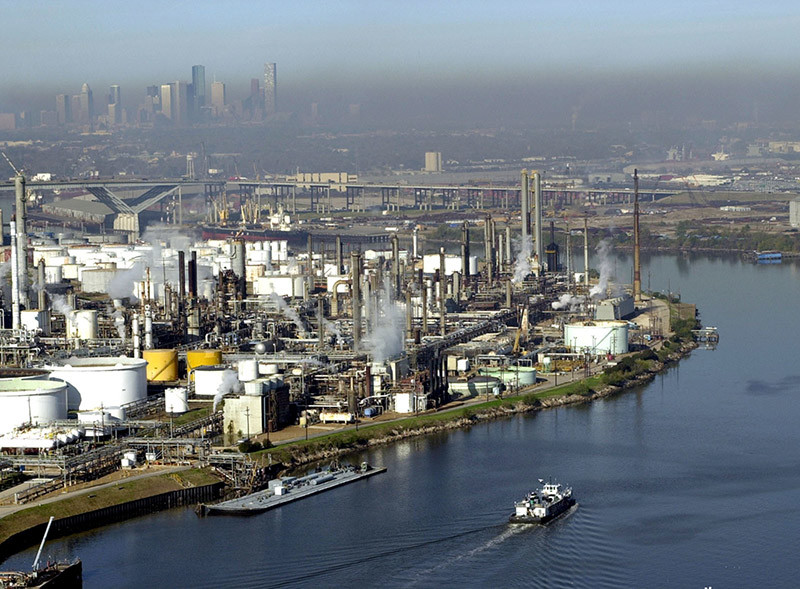Normally, the bullish U.S. stock inventories report, which reported a whopping 7.4 million-barrel crude draw and 1.3% increase in refinery runs, should ordinarily be a bullish enough signal to proverbially send oil prices to the moon.

The large 1.3% increase in utilization has put the U.S. on track to recovering to pre-pandemic levels and could be connected to some large refineries restarting over the past month and reaching higher utilization.
The build in gasoline inventories at a sizable 2 million barrels is not uncommon in the summer months as U.S. refineries generally ramp up runs ahead of the driving season.
But yesterday’s EIA stocks report was not enough to counterbalance the fears of transitory inflation in the U.S. in particular.
Brent falling towards $74 per barrel instead of maintaining its perch at $75 per barrel is primarily a reflection of the perceived fear of inflation, both in the real economy and commodity pricing.
The prevailing economic argument is whether there is too much slack in the U.S. economy and whether the Fed needs to better control liquidity and - in order to avoid negative interest rates - bring out the mop to clean up the excess liquidity.
Unlike the 2007-2008 financial crisis, where monetary injections and bailouts were an obvious response to an economy clearly in recession, the post-Covid-19 era is a more delicate and nuanced monetary jigsaw.
Pent-up demand and a growing pool of stimulus cash injections could potentially push demand beyond supply capabilities.
Much of consumer and oil consumption demand was temporarily paused by the pandemic – and the subsequent reduction in the supply of goods, in particular those made from raw commodities, is now finally catching up as normal economic activity is on the horizon.
However, we still do not know how “normal” the new economic normal will be – the pent-up demand may be exaggerated, as many have lost jobs and maybe wary to invest.
The pandemic pause in the production of goods is now resulting in inflation visible in everything from construction materials to new cars and commodities.
Oil prices are not fully protected from inflation, and $75 per barrel oil is certainly far above the cost of marginal supply, so the concern over inflation is valid.
The recent sharp gains in commodities have of course fueled investor jitters over rapidly rising inflation – Brent has jumped 45% since December 2020.
But while some of this can be attributed to vaccine optimism, a weaker dollar, U.S. stimulus, U.S. infrastructure packages and other inflationary drivers, the central price pressure point remains the perceived fear of an acute supply deficit, as OPEC+ is yet to bring enough supply back on the market, and U.S. oil production has so far proved unresponsive to $70+ oil prices.
Louise Dickson is an oil markets analyst for Rystad Energy.





